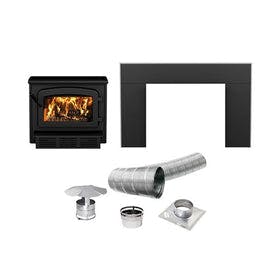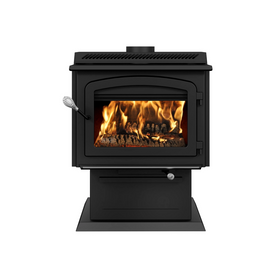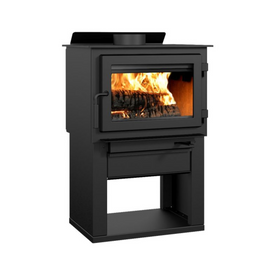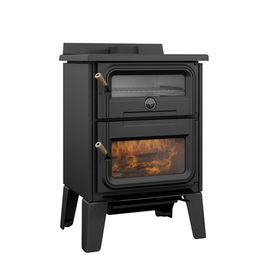
Getting your Yard Ready for Winter (and Snow)
Last Updated: Mar 17, 2025The falling temperatures and shorter days of autumn are telltale signs that the cold and darkness of winter are well on their way. While many of us might spend as much time as we can outside to soak up those last days of warmth and sunlight, several tasks around the home and yard require our attention before the frosts set in.
While many people might think that there is not much that can be done to protect lawns while they are buried beneath a foot of snow or brown and dead from repeated frosts, the care that goes into protecting your yard in the fall time will go a long way to making sure that your lawns return green and vibrant in the spring. Proper fall maintenance of your yard will also ensure that you won´t have to replant all perennial landscaping plants that add character to your home. Below we offer four simple tips to get your yard ready for winter and snow.
Rake Up the Free Compost
One of the most fun fall activities is raking up the leaves into huge piles for children (and adults) to play in. Unfortunately, too many homeowners end up bagging up those leaves and placing them at the end of the driveways for the garbage truck to haul away. Leaves left on your lawns over winter could often lead to mold and fungus growth. The snows and frosts cause these leaves to compress into a slimy layer on top of your lawn that encourages anaerobic fungal growth and can eventually kill off your grasses.
Instead of sending these leaves to the garbage truck, adding them to the compost pile is a great way to add the carbon-rich materials needed for proper compost. If you have a small wood chipper or shredder, a huge pile of leaves can be quickly reduced to a more manageable mound of mulch that can be spread around your fruit trees and flowerbeds. Besides offering needed organic material around your plants, this leaf mulch also offers a layer of protection during the coldest winter months.
Table of Contents
- One Last Mow
- Protect from Road Salts
- Prepare Your Perennials

Protect from Road Salts
Nobody enjoys driving on ice, and the salt trucks that come through your neighborhood after a heavy night snow is an essential part of keeping roads safe during the wintertime. If, however, you have plants, flowers, or trees near the roadside, you will want to take extra precaution to protect these plants from the de-icing crews on the roads.
De-icing salt will wreak havoc on any type of plants (including grasses) and will render the soil essentially infertile over years. One of the best ways to protect your roadside plants and trees is through adding a layer of burlap matting around the base of the plants and trees you want to protect. Another cheaper option is to cover around the bases of each plant, flower or shrub with a thick layer of cardboard and then add a small layer of dirt or compost to cover up the cardboard. This will help to keep the salts from penetrating into the ground soil where the roots of your plants are. During the first days of spring, you will want to heavily water your yard to try to flush as much salt as you can from your yard.
Prepare Your Perennials
If you have several different types of perennial flowers and shrubs incorporated into your landscape design, you will need to engage in certain activities to protect these plants during the winter. Certain perennials flower bulbs such as dahlias and gladiolas won't survive the winter months so you will need to dig them up and store them either in a cold room or in a bag in your refrigerator during the winter months.
For other perennials, you will want to cut off watering in the fall time to slow their growth and cut the leaves and stems back to around 6-8 inches from the ground to protect them during dormancy.
Tobias Roberts
Tobias runs an agroecology farm and a natural building collective in the mountains of El Salvador. He specializes in earthen construction methods and uses permaculture design methods to integrate structures into the sustainability of the landscape.











